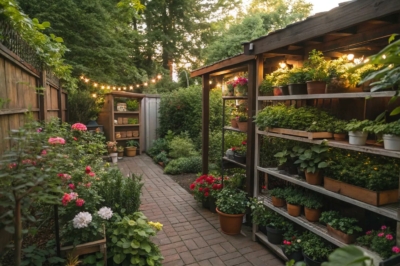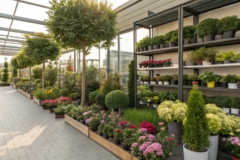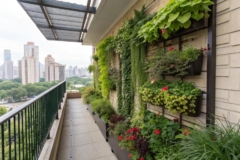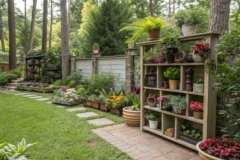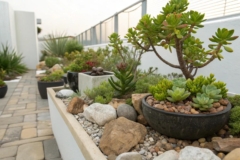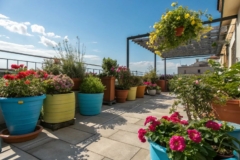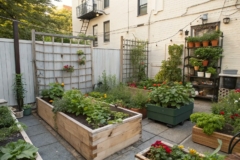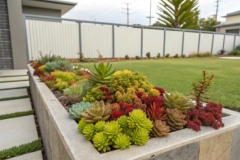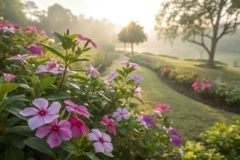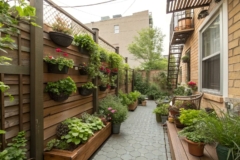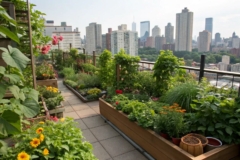1. Utilize Corner Spaces
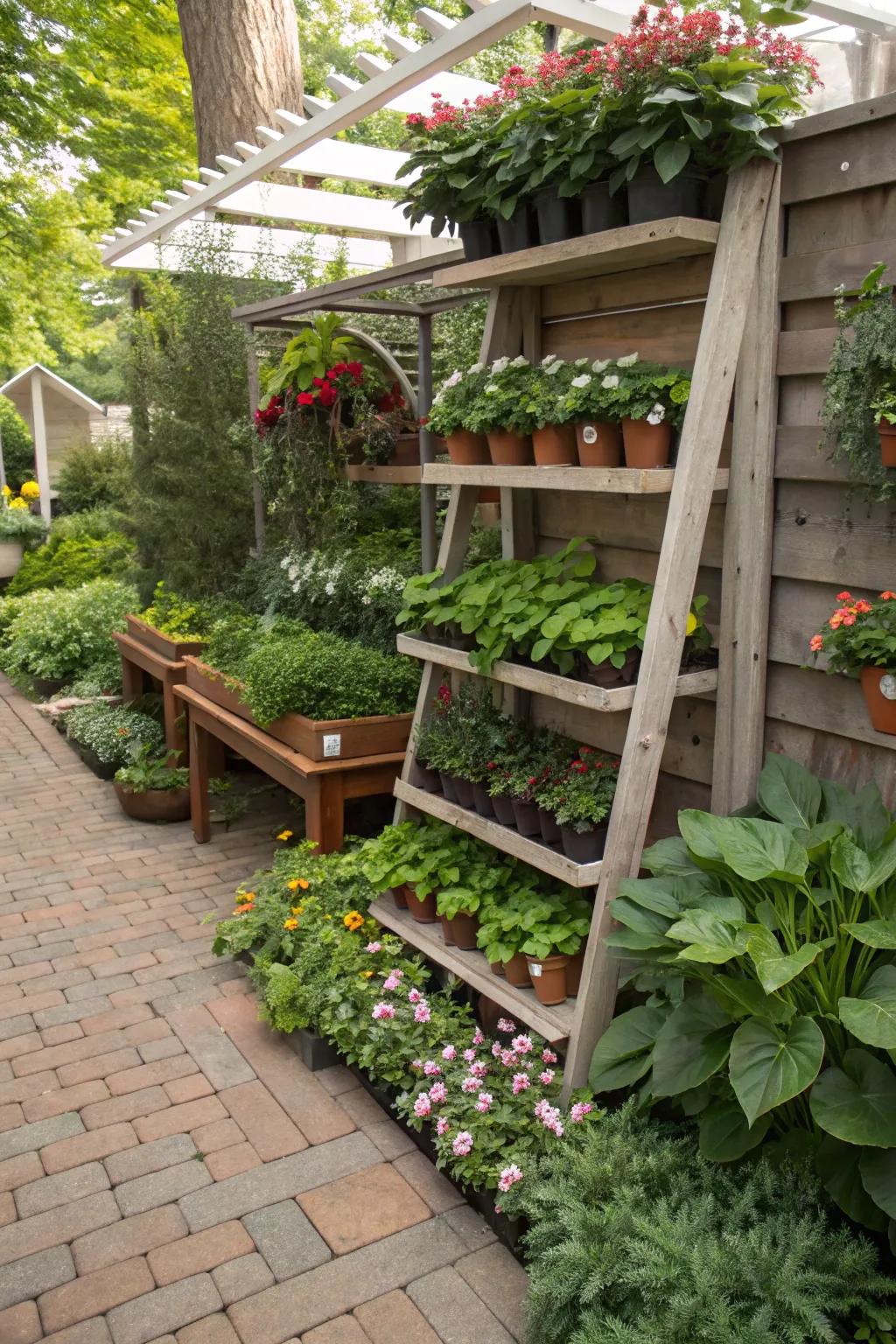
Don’t overlook corners—they’re perfect for tightly arranging plants or installing corner shelves. These spots have become some of the most productive areas in my nursery.
You might give these a try:
- Corner Plant Shelves: Maximize your nursery’s space with corner plant shelves for efficient plant arrangement.
- Stackable Planters: Utilize vertical space effectively with stackable planters, perfect for corner spots.
- Wall Hanging Planters: Enhance your nursery with wall hanging planters, ideal for stylish corner organization.
2. Experiment with Plant Varieties
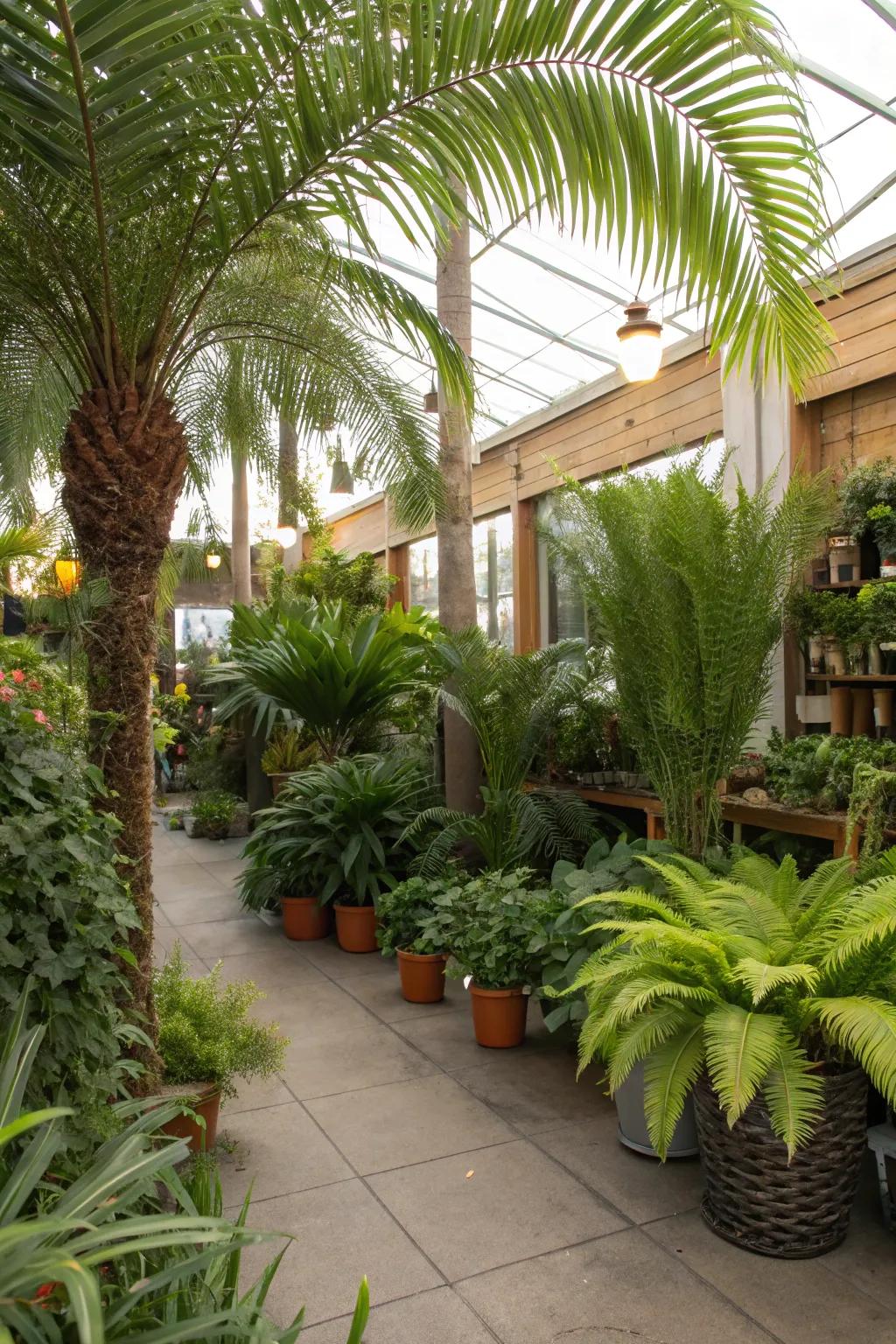
Diversifying your plant selection can make your nursery more interesting and resilient. I love experimenting with exotic and native plants, finding joy in each unique growth pattern.
May just do the trick:
- Assorted Exotic Plant Seeds: Discover diverse growth patterns by planting exotic seeds in your nursery. Embrace uniqueness today!
- Indoor Plant Starter Kit: Jumpstart your planting journey with this comprehensive starter kit. Cultivate beautiful indoor varieties!
- Native Plant Seeds Collection: Enhance your nursery with resilient and beautiful native plants. Perfect for sustainable gardening!
3. Utilize Vertical Space
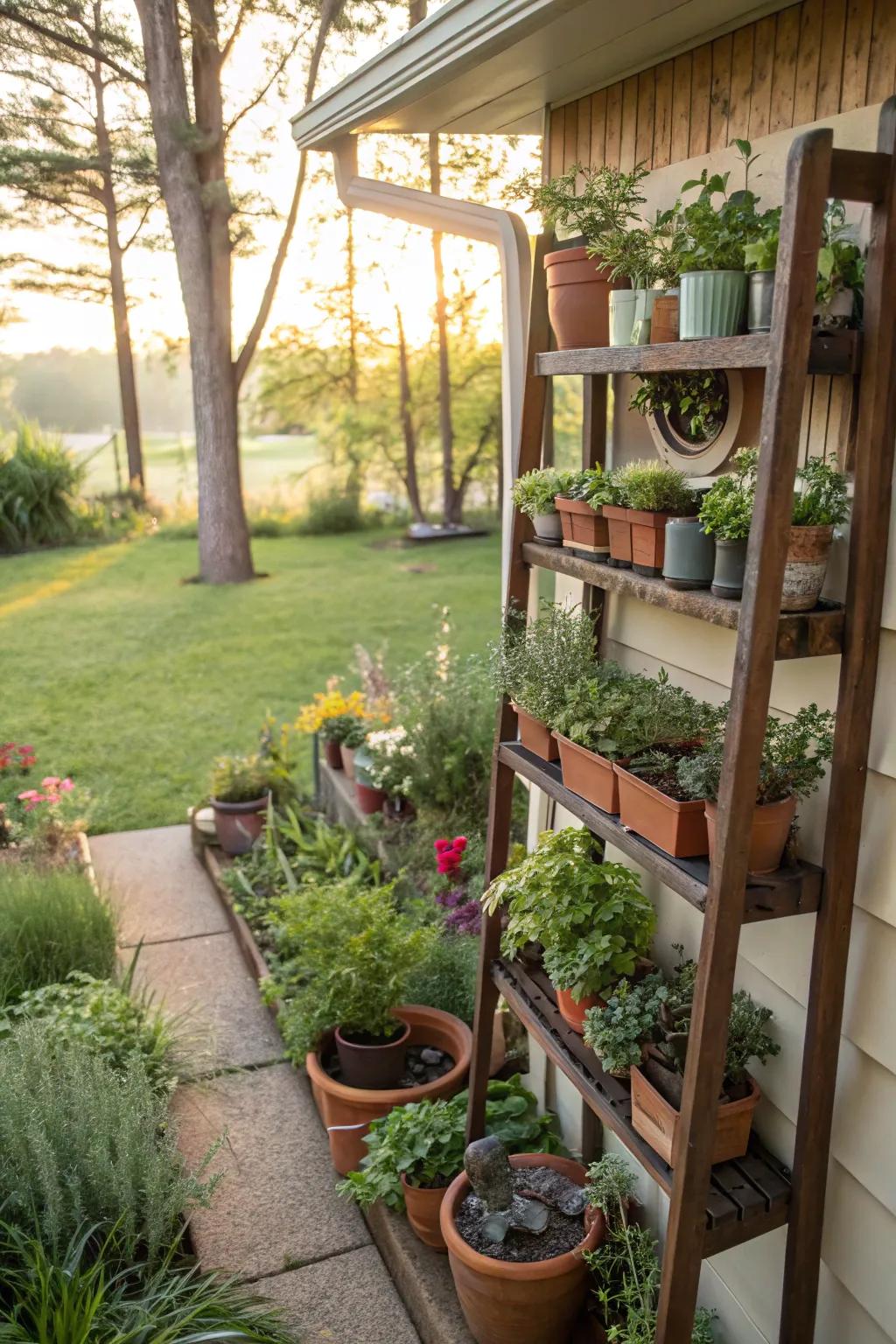
Vertical shelving can be a game-changer for small nurseries, allowing you to stack plants and maximize limited space. In my own backyard, vertical shelves have doubled my growing capacity without taking up extra ground.
Possibly helpful picks:
- Outdoor Vertical Plant Shelf: Maximize your nursery space with this practical vertical plant shelf designed for small areas.
- Tiered Plant Stand for Patio: Elevate your garden game by stacking plants efficiently with this stylish tiered plant stand.
- Wall-Mounted Planter Organizer: Save ground space by organizing your planters on this convenient wall-mounted shelf.
4. Plan a Rooftop Garden
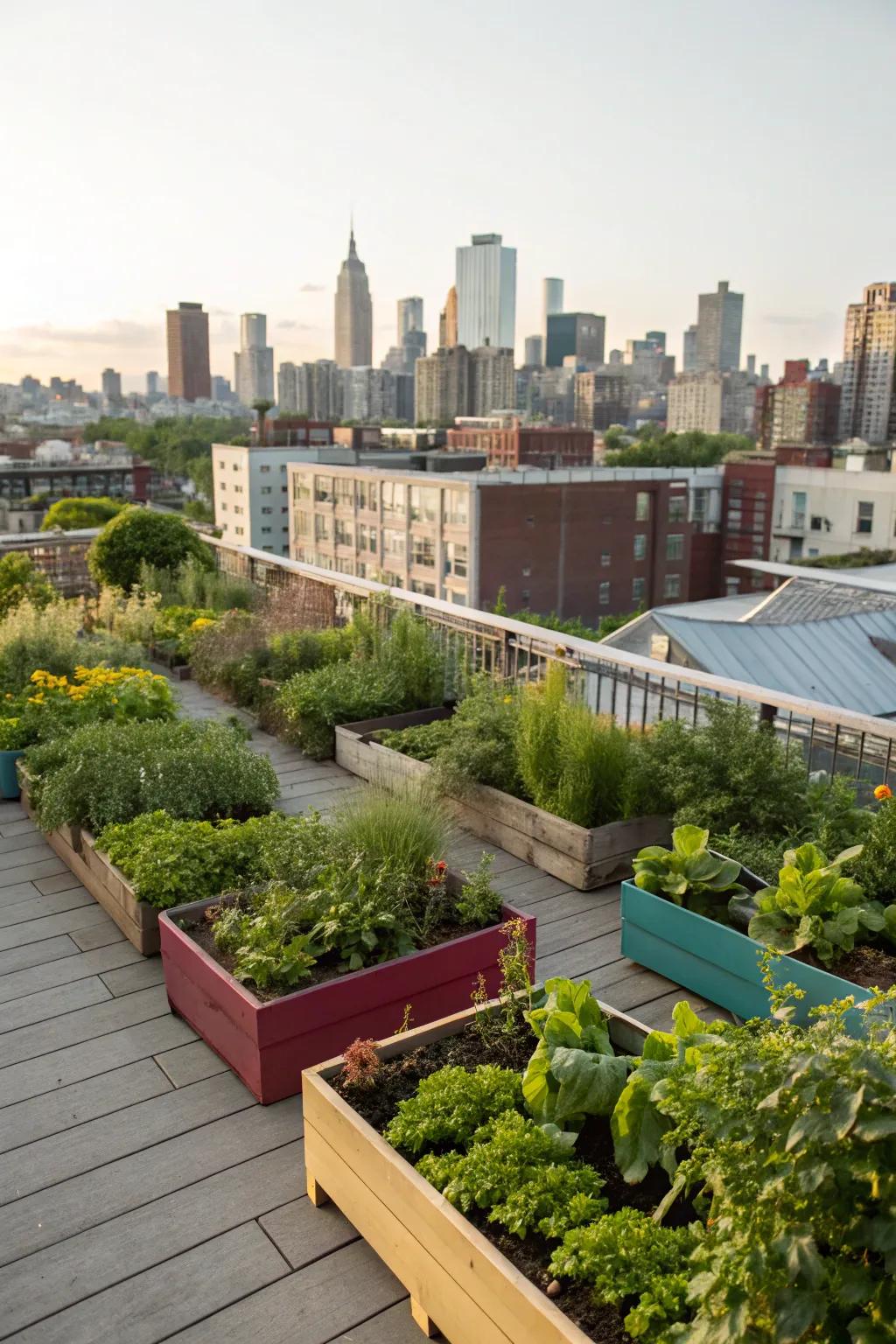
If you have access to a rooftop, it’s a perfect place for a nursery, as long as you ensure proper support and watering. Rooftop gardens can be a serene escape with the right setup.
A few relevant products:
- Raised Garden Beds: Enhance your rooftop garden with durable, space-efficient raised beds for easy plant organization.
- Automatic Drip Irrigation System: Simplify watering with an automatic drip system, ensuring consistent hydration for your rooftop plants.
- Gardening Tool Set: Make rooftop gardening enjoyable with a complete tool set for planting, pruning, and maintaining.
5. Experiment with Seedling Trays
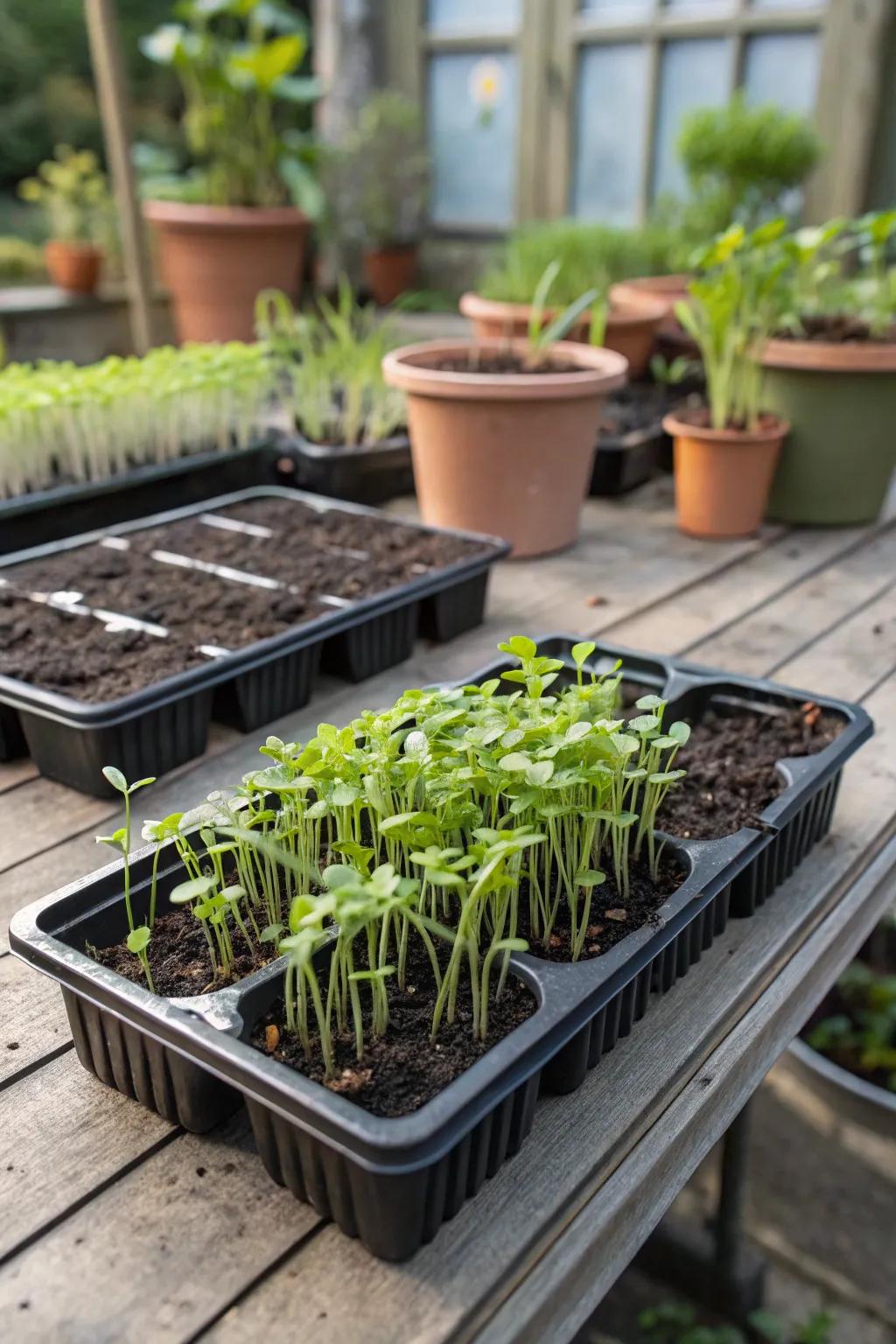
Seedling trays are ideal for starting plants in a compact space, making them perfect for propagation. My nursery thrives with new life each season thanks to these handy trays.
Check these products out:
- Reusable Seedling Trays with Drainage Holes: Enhance your nursery’s efficiency with durable trays that support healthy seedling growth.
- Planting Soil Mix for Seedling Trays: Boost seed germination success using a nutrient-rich soil mix designed for seedlings.
- LED Grow Light Panels for Seedlings: Ensure robust seedling development by providing optimal light conditions in any environment.
6. Lean into Creative Layouts
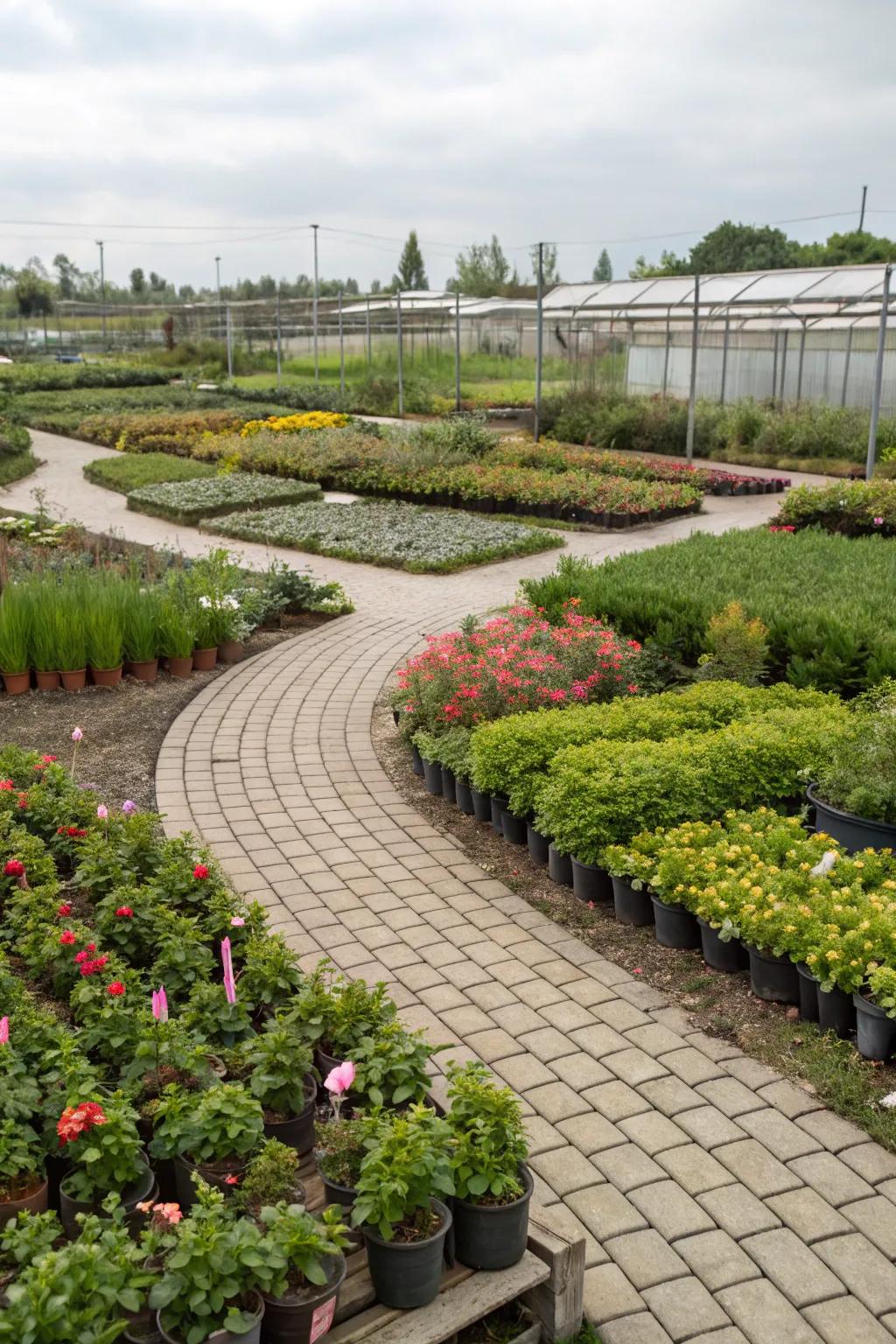
A well-thought-out layout can make your small nursery feel spacious and welcoming. I always enjoy rearranging my nursery to create new pathways and plant groupings.
Some handy options:
- Outdoor Pathway Lights: Illuminate your pathways and enhance your nursery’s ambiance with charming, energy-efficient lights.
- Garden Arches: Create stunning entryways and define sections with elegant arches for an inviting atmosphere.
- Modular Plant Shelves: Maximize vertical space and organize plant groupings with flexible, durable shelving units.
7. Implement DIY Solutions

DIY plant stands and recycled materials can add personality and sustainability to your nursery. I love repurposing old furniture and pallets for unique plant displays.
A few choices to try:
- Wooden Pallet Plant Stand: Craft your own plant display with a versatile wooden pallet stand, adding style to any space.
- Recycled Wood Planter Box: Create stunning plant arrangements with easily customizable recycled wood planter boxes for your nursery.
- DIY Plant Stand Kit: Assemble a unique plant stand with a DIY kit, perfect for showcasing your favorite greenery.
8. Invest in Potted Plants

Pots and containers allow you to move plants around as needed for sunlight or space. This flexibility has been invaluable in my nursery setup, especially during seasonal changes.
Might be a good match:
- Terracotta Plant Pots: Explore classic terracotta pots for aesthetic appeal and plant-friendly environment. Perfect addition to any nursery.
- Ceramic Planters with Drainage Hole: Choose durable ceramic planters that offer stylish looks and proper drainage for healthy plants.
- Adjustable Plant Stand: Enhance your nursery setup with an adjustable plant stand, perfect for displaying your favorite pots.
9. Try Hanging Gardens
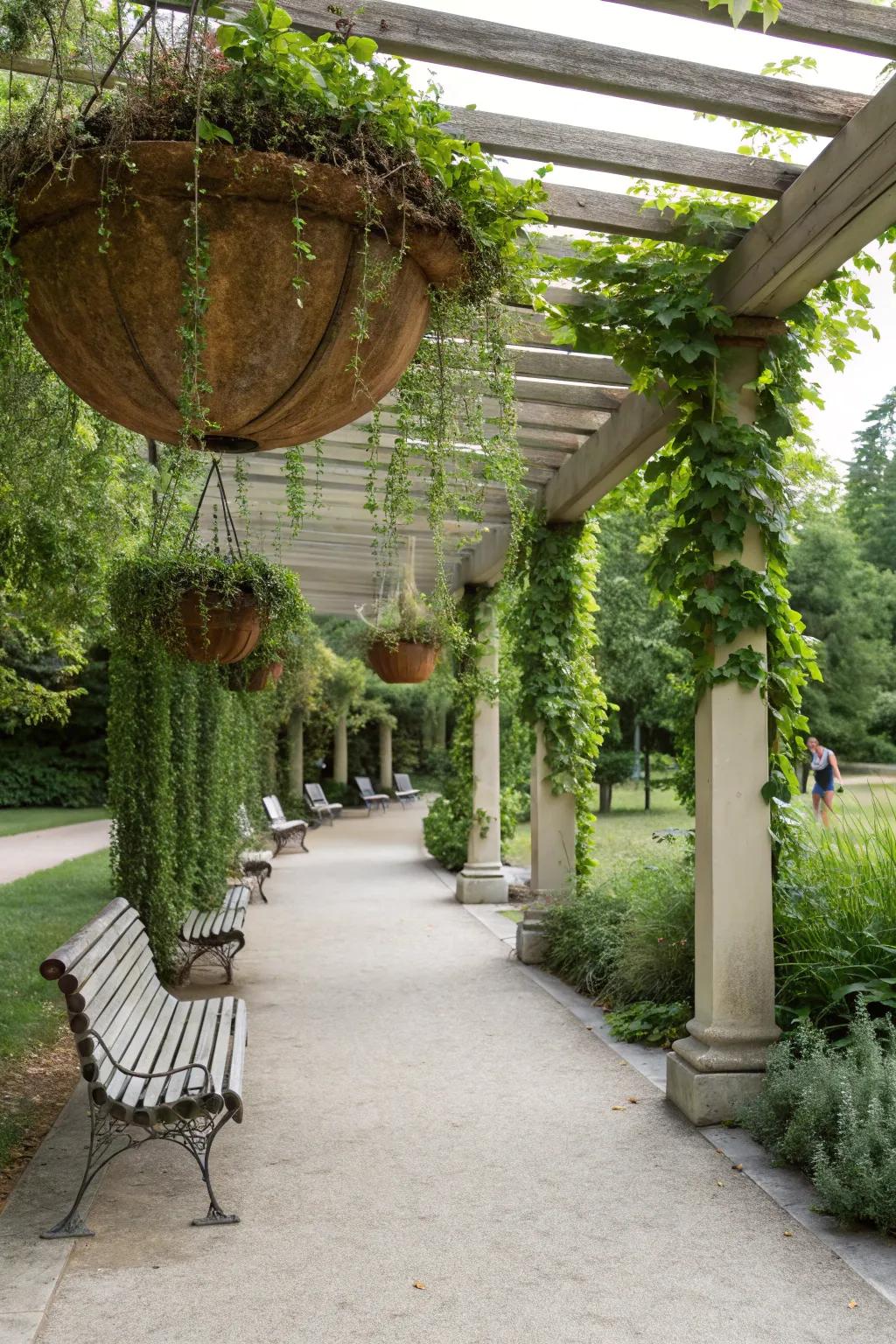
Hanging plants can add a lush, cascading effect to your nursery without sacrificing floor space. I’ve hung planters from the pergola in my backyard, creating a stunning overhead display.
Give these a look:
- Hanging Planter Baskets: Elevate your garden aesthetics by suspending vibrant flora with these charming hanging baskets.
- Heavy-Duty Ceiling Hooks: Securely display your hanging garden with these sturdy, reliable ceiling hooks.
- Drip Irrigation Kit for Hanging Plants: Effortlessly nourish your hanging plants with a convenient, automated drip irrigation system.
10. Explore Portable Planters

Portable planters allow you to experiment with different plant arrangements and locations. I often move them around to find the best lighting conditions for each plant.
A few things you might like:
- Rolling Garden Cart with Planter Storage: Easily transport your plants to ideal light conditions using a convenient rolling garden cart.
- Portable Plant Caddy with Wheels: Move heavy pots effortlessly with a durable plant caddy featuring easy-glide wheels.
- Mobile Raised Garden Bed: Grow vegetables and flowers anywhere with a versatile mobile raised garden bed.
11. Incorporate Raised Beds
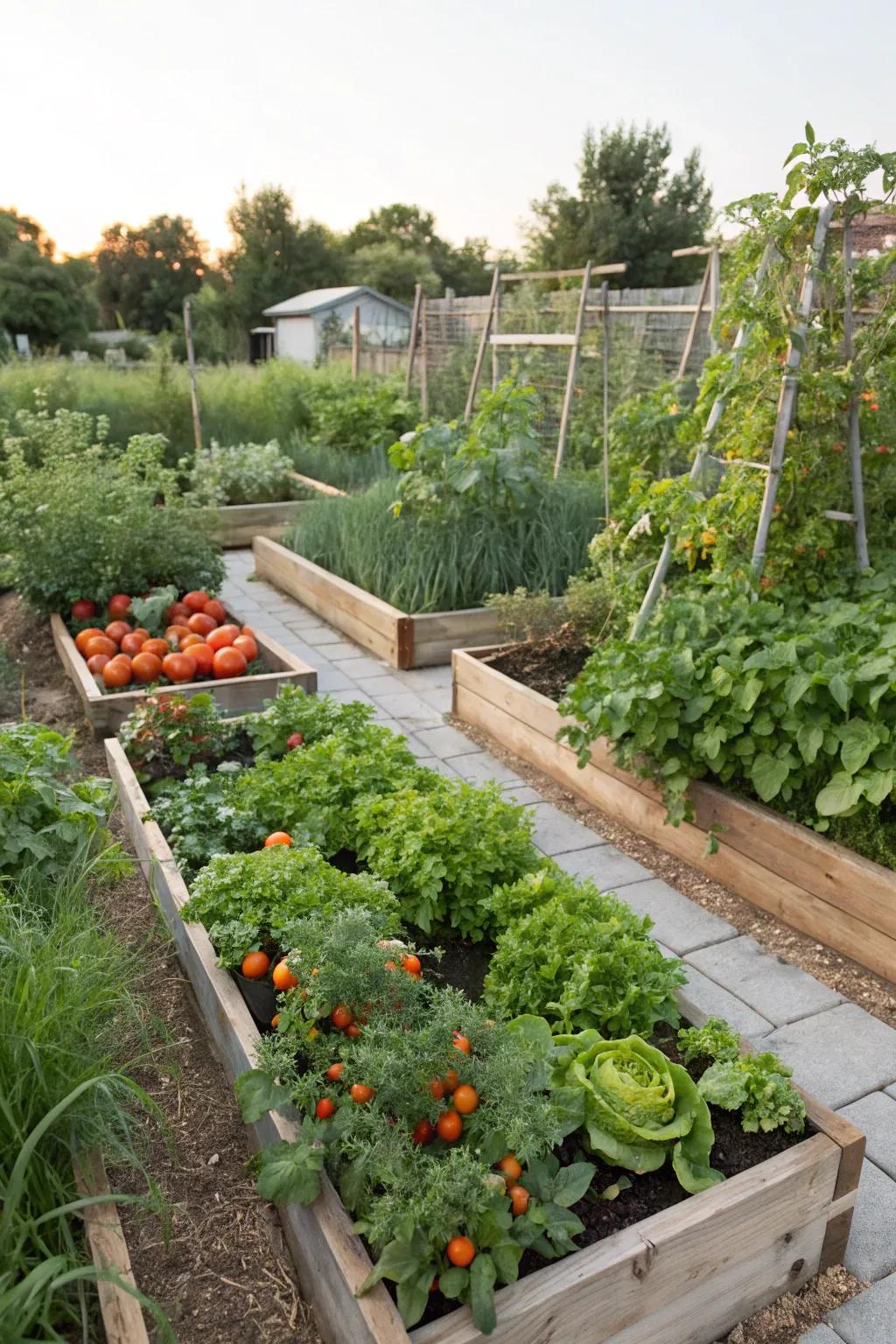
Raised beds can help you manage soil quality and drainage more effectively, even in small spaces. I’ve found them especially useful for growing vegetables in my nursery.
Try these:
- Wooden Raised Garden Bed Kit: Enhance your nursery’s soil control with a sturdy wooden raised garden bed. Easy assembly!
- Fabric Raised Bed Planter: Boost plant health with a breathable fabric raised bed planter, perfect for maximizing space.
- Metal Raised Garden Bed: Ensure longevity for your nursery with a durable metal raised garden bed. Easy to maintain!
12. Add Decorative Elements
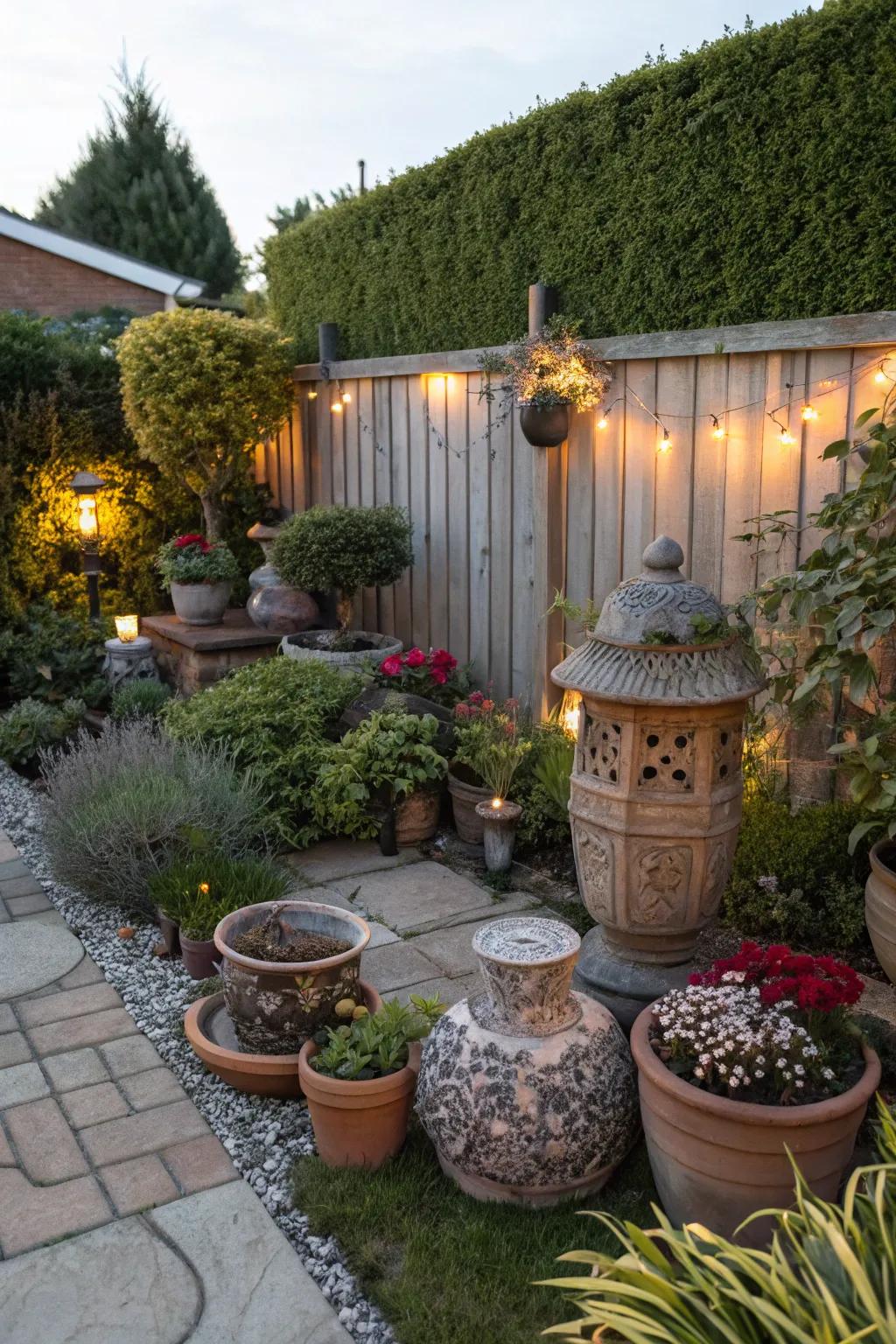
Integrating decorative touches like colorful pots and garden art can make your nursery more inviting. I always find that a few artistic elements elevate the ambiance significantly.
Products that could assist:
- Colorful Ceramic Plant Pots: Enhance your nursery with vibrant ceramic pots that add charm and style to any space.
- Outdoor Garden Lanterns: Illuminate your nursery beautifully with decorative lanterns, creating a cozy and inviting atmosphere.
- Garden Art Statues: Add personality to your nursery with unique garden statues, enhancing its overall aesthetic appeal.
13. Create a Herb Spiral
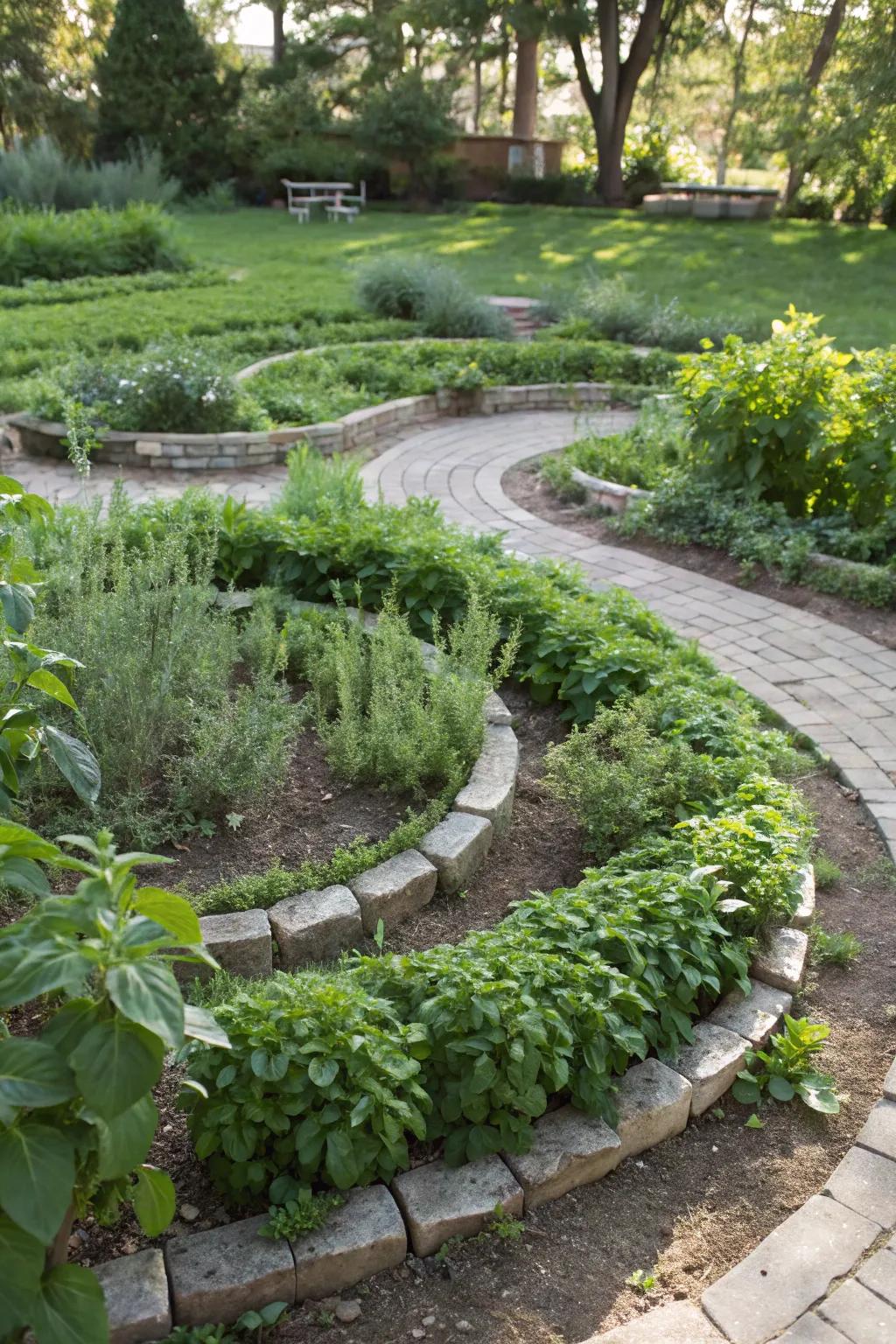
An herb spiral is a unique way to grow herbs in a small footprint, using a spiral design to optimize space and sunlight. After building my first, I was amazed at how it transformed my garden’s productivity.
A few suggestions:
- Garden Edging Stones: Enhance your herb spiral with sturdy garden edging stones for a neat, organized look.
- Organic Herb Seeds: Grow a variety of fresh herbs with organic seeds for a vibrant spiral garden.
- Compact Soil Bags: Ensure optimal growth with nutrient-rich compact soil, perfect for your herb spiral.
14. Create a Window Sill Garden
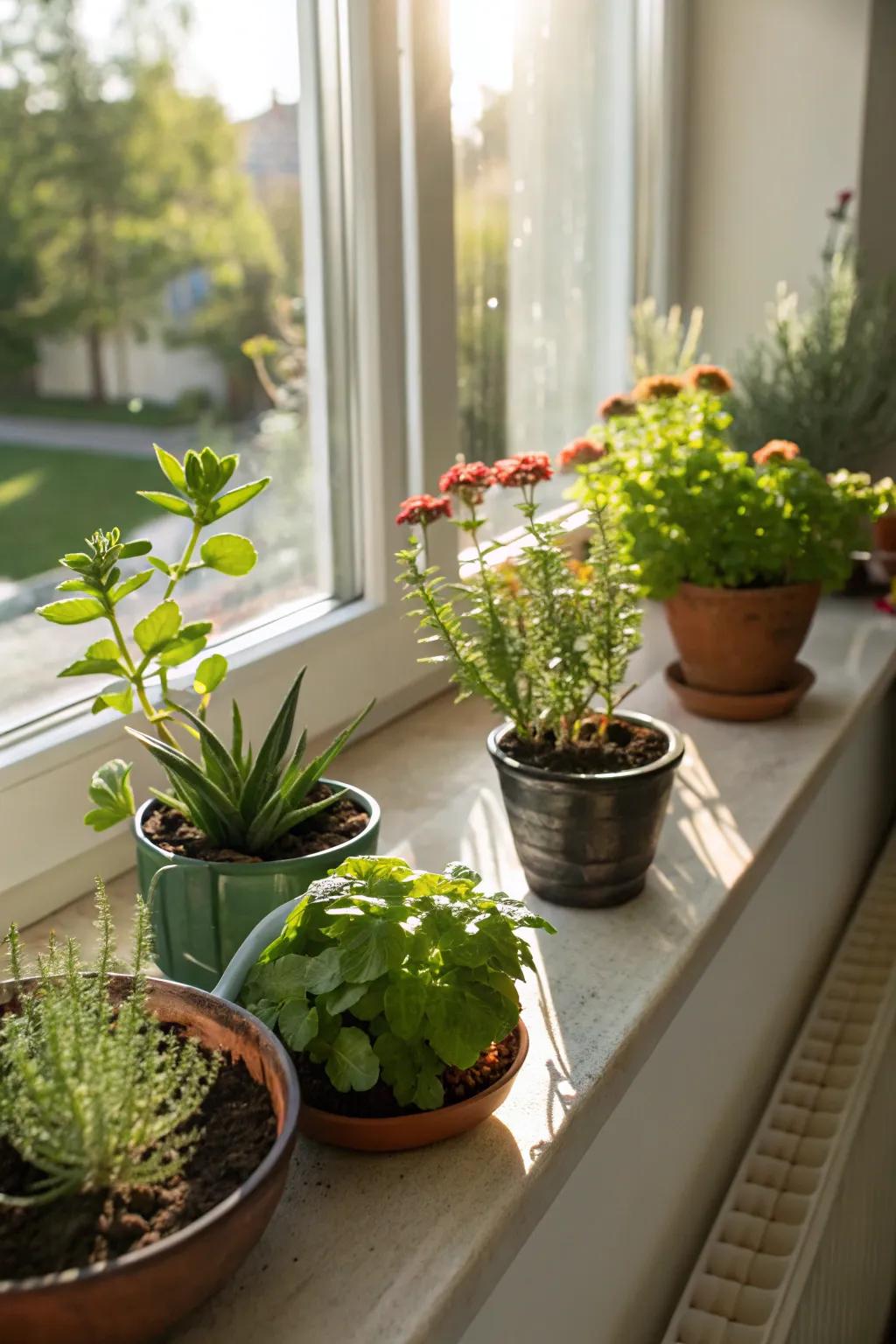
Window sills get plenty of sunlight and are perfect for small pots of herbs or succulents. I’ve found them to be a fantastic way to keep fresh herbs within arm’s reach in the kitchen.
These products might help:
- Herb Planter Kit with Pots: Grow fresh herbs effortlessly with this complete planter kit, perfect for any windowsill space.
- Succulent Pot Set: Enhance your windowsill garden with this stylish set of small succulent pots. Ideal for sunlight.
- Adjustable Plant Shelf: Maximize your planting space with this adjustable shelf designed for window sills. Easy to install.
15. Incorporate a Water Feature
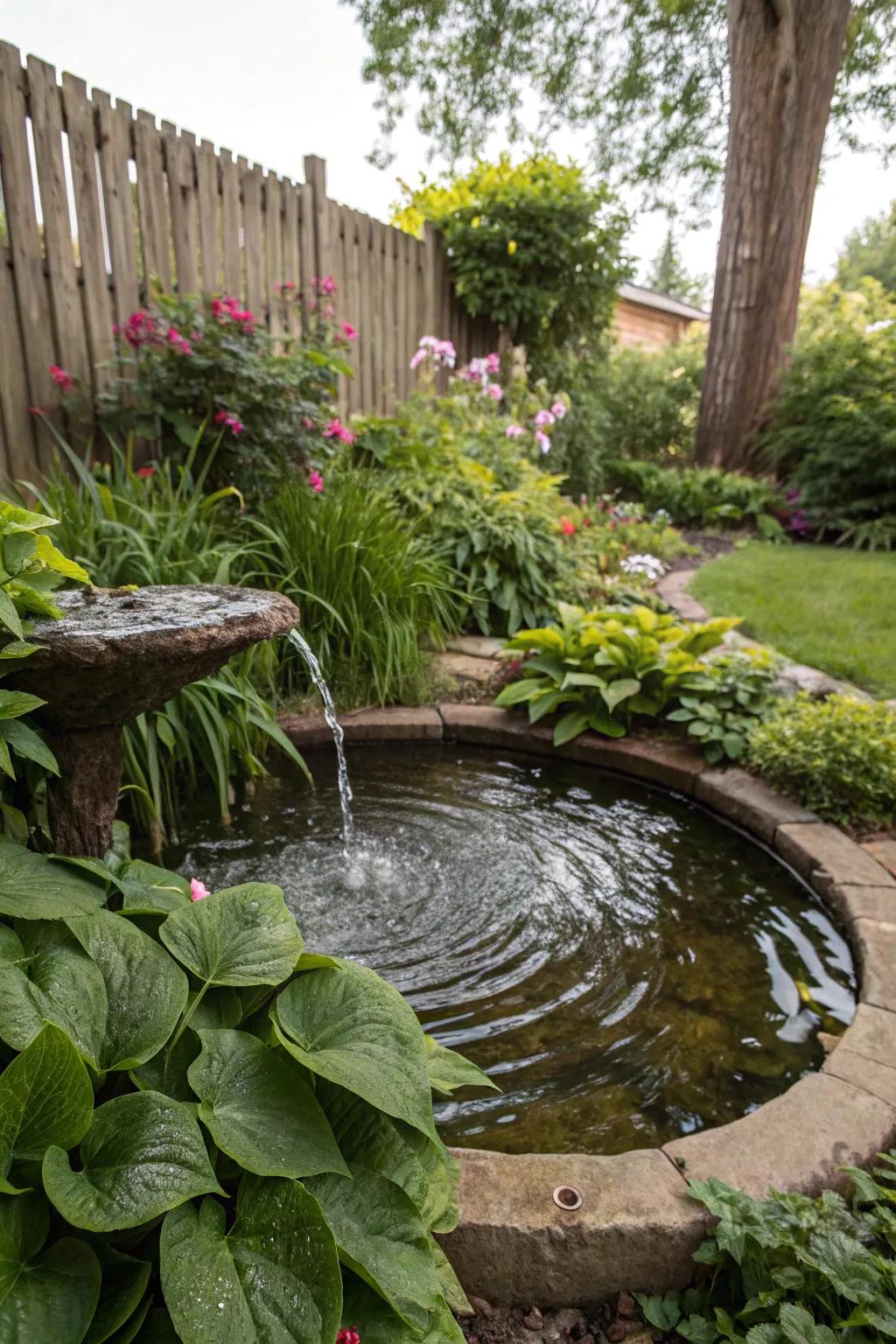
Adding a small water feature can enhance the ambiance and humidity for certain plants. My little fountain not only looks beautiful but also provides the perfect microclimate for my ferns.
Items that may come in handy:
- Solar-Powered Water Fountain Pump: Enhance your garden’s charm effortlessly with an eco-friendly solar-powered water fountain pump.
- Outdoor Rock Waterfall Fountain: Create a stunning focal point with an outdoor rock waterfall fountain to boost ambiance and humidity.
- Ceramic Frog Garden Fountain: Bring a whimsical touch to your nursery with an enchanting ceramic frog garden fountain.
